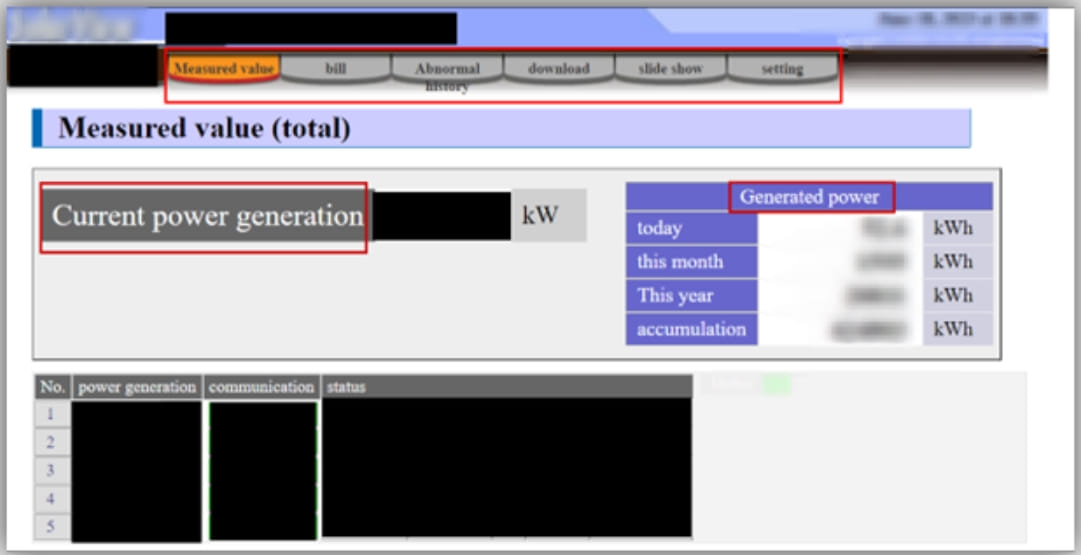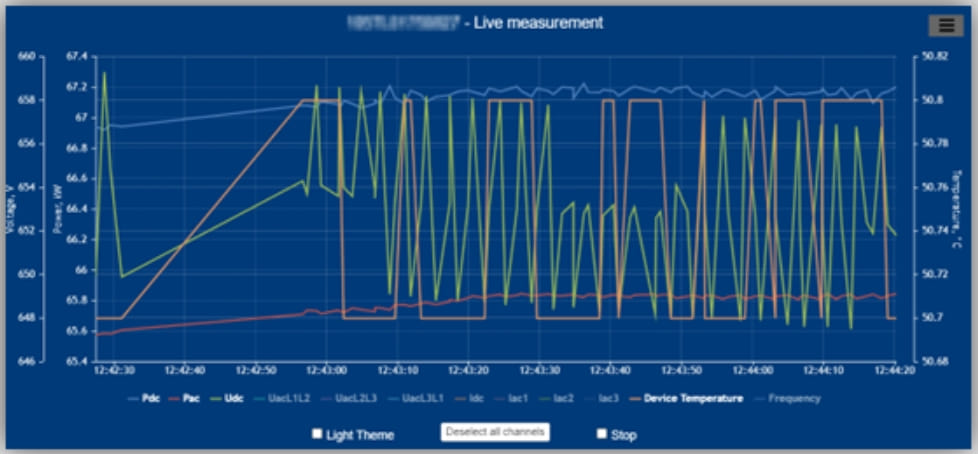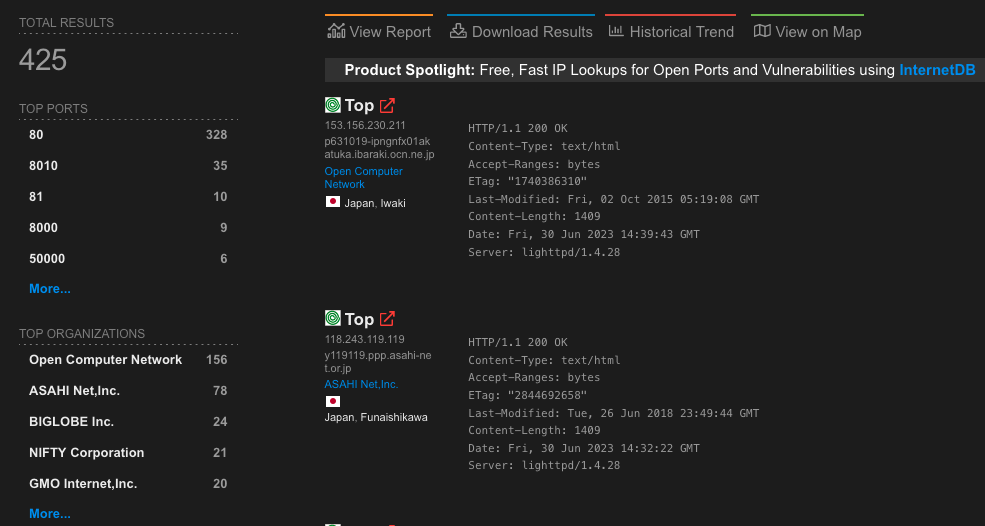Security researchers are warning that tens of thousands of photovoltaic (PV) monitoring and diagnostic systems are reachable over the public web, making them potential targets for hackers.
These systems are used for remote performance monitoring, troubleshooting, system optimization, and other functions to allow remote management of renewable energy production units.
Sensitive info exposed
Cyble’s threat analysts scanned the web for internet-exposed PV utilities and found 134,634 products from various vendors, which include Solar-Log, Danfoss Solar Web Server, SolarView Contec, SMA Sunny Webbox, SMA Cluster Controller, SMA Power Reducer Box, Kaco New Energy & Web, Fronis Datamanager, Saj Solar Inverter, and ABB Solar Inverter Web GUI.
It is important to note that the exposed assets are not necessarily vulnerable or misconfigured in a way that allows attackers to interact with them.
However, Cyble’s research shows that unauthenticated visitors can glean information, including settings, that could be used to mount an attack.


The report also highlights that vulnerabilities have been found and reported for the products above and there is proof of concept (PoC) exploit code available for several of them, which increases the likelihood of attacks against the systems running an older firmware version.
Even when PV control systems are adequately secured, Cyble points out the risk of information-stealing malware that can collect logins for these tools.
Active exploitation
Exploiting vulnerabilities in the PV systems that Cyble found exposed online has happened recently, with hackers scanning the web for vulnerable devices to add them to botnets.
For example, CVE-2022-29303, an unauthenticated remote command injection vulnerability impacting Contec’s SolarView system was used by a relatively new Mirai variant looking for fresh systems to grow its distributed denial-of-service (DDoS) power.
Cyble’s scans found 7,309 internet-exposed SolarView devices globally, while another report from VulnCheck today discovered 425 instances of Contec’s SolarView that use a vulnerable firmware version.

VulnCheck’s report also highlights another recently-discovered unauthenticated remote code execution bug impacting the same product, tracked as CVE-2023-23333, for which multiple exploits exist in the public space.
Systems of this type often face a degree of neglect in terms of maintenance and upgrades, which gives attackers good chances of success when they leverage fairly recent vulnerabilities.
If PV system admins need to expose the interfaces for remote management, they should at least use strong, unique credentials, activate use multi-factor authentication where available, and keep their systems updated. Segregating the equipment to its own network also counts as a good defense.
- aum and alf9872000
-

 2
2



3175x175(CURRENT).thumb.jpg.b05acc060982b36f5891ba728e6d953c.jpg)
Recommended Comments
There are no comments to display.
Join the conversation
You can post now and register later. If you have an account, sign in now to post with your account.
Note: Your post will require moderator approval before it will be visible.